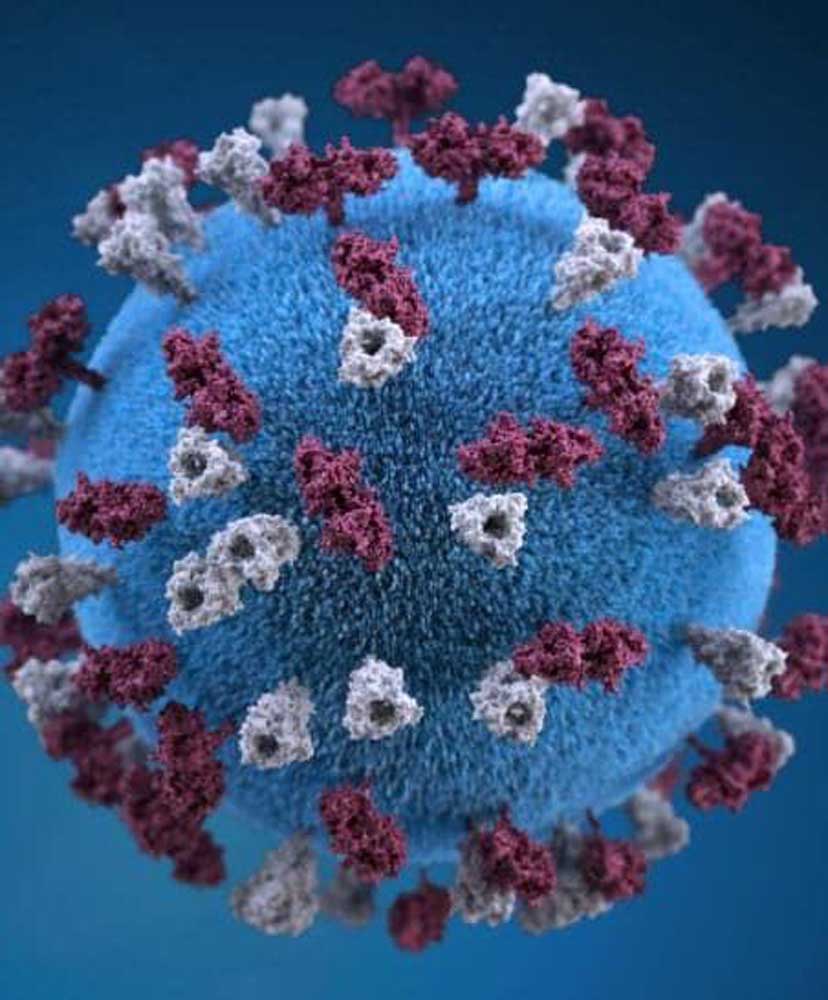Researchers crack secret society’s tricky cipher
Published 4:00 am Sunday, December 4, 2011
LOS ANGELES — Thousands of characters — letters and obscure symbols — filled the more than 100 pages of a centuries-old text that had been located in East Berlin after the end of the Cold War. No one knew what the text meant, or even what language it was in. It was a mystery that University of Southern California computer scientist Kevin Knight and two Swedish researchers sought to solve.
After months of painstaking work and a few trips down the wrong path, the moment finally came when the team knew it was on to something. Out of what had been gibberish emerged one word: ceremonie — a variation of the German word for ceremony. Knight said they figured out the rest from there.
Breaking the code on the document known as the Copiale Cipher revealed the rituals and political observations of an 18th-century secret German society, as well as the group’s unusual fascination with eye surgery and ophthalmology.
But the larger significance of the team’s work wasn’t necessarily the discovery, it was how they arrived at it.
Knight said he was driven by a puzzle that required him to outwit a centuries-old group’s quest for secrecy. He was also inspired by the fact that many others had tried and failed to decipher it. “I defeated their security!” he said.
“For me, the fun is in cracking the code,” he said. “It has passed through a lot of hands, but you persevered and could read what other people couldn’t.”
In January, Knight began working with Beata Megyesi and Christiane Schaefer of Uppsala University in Sweden. In April, they had it figured out.
“You start to see patterns, then you reach the magic point where a word appears,” he said. It was then, he said, “you no longer even care what the document’s about.”
The project may have been a joint effort between man and machine, but Graeme Hirst, a professor of computer science at the University of Toronto, said this was evidence that the cunning and nimble researcher was the key to solving the code — not a computer’s ability for statistical analysis.
“This is something humans did,” he said, “not something computers did.”








